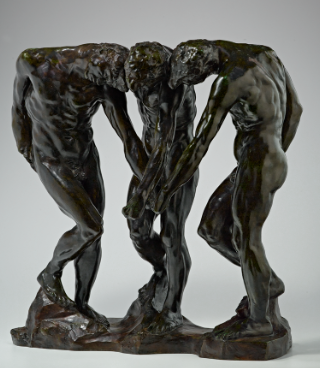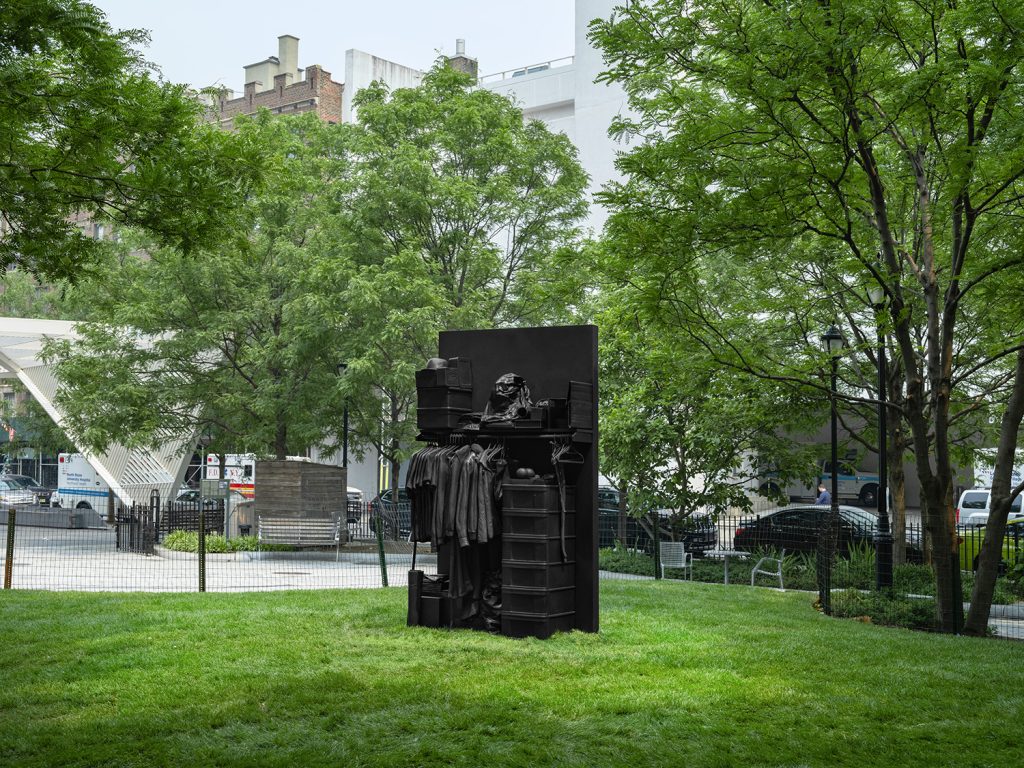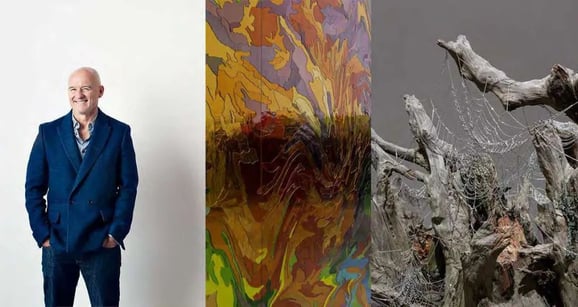Sculpting Emotion: How Rodin Redefined Artistic Expression
The world of art has often been a mirror reflecting the depths of human emotion. One figure who profoundly shaped this relationship is Auguste Rodin, a sculptor whose innovative approach transformed how emotions are depicted in three-dimensional forms. Understanding Rodin’s perspective on art and artists not only enlightens us about his work but also offers insights that remain relevant in today’s creative landscape.
The Philosophy of Emotion in Sculpture
Rodin believed that sculpture should convey deep emotional truths rather than merely imitating the physical world. He often focused on the human body as a vessel of emotion, believing that gestures and expressions speak louder than static forms. This philosophy led him to embrace imperfections; rather than smoothing out flaws, he celebrated them, believing they added to the emotional depth of his pieces. For Rodin, every curve and angle told a story, allowing viewers to connect on a visceral level with his art.
The Role of the Artist as an Observer
For Rodin, the artist is not just a creator but also an astute observer of life. He argued that one must immerse oneself in the world to truly capture the essence of human experience. This dedication to observation enabled him to translate everyday moments into profound works of art. Rodin meticulously studied the human form, often using live models to capture authenticity. For aspiring artists, this serves as a reminder that true artistry comes from engaging with and understanding the world around you, rather than relying solely on imagination.
Embracing the Process of Creation
Rodin viewed the act of creation as an evolving journey rather than a fixed endpoint. He was known for revisiting and reworking his sculptures, emphasizing the importance of process over perfection. This approach not only allowed him to refine his artistic vision but also to explore the emotional nuances of his subjects. For those in creative fields, this perspective encourages a mindset that values experimentation and iteration, reminding artists that growth often comes through learning from failures and embracing the unexpected.
In conclusion, Rodin’s approach to art and artists has left a lasting impact on the artistic community. By focusing on emotion, observation, and the creative process, he redefined what it means to create art. Whether you’re an aspiring artist or simply interested in the world of creativity, there’s much to learn from Rodin’s philosophy. Dive deeper into his works, and you might find inspiration waiting just for you.


